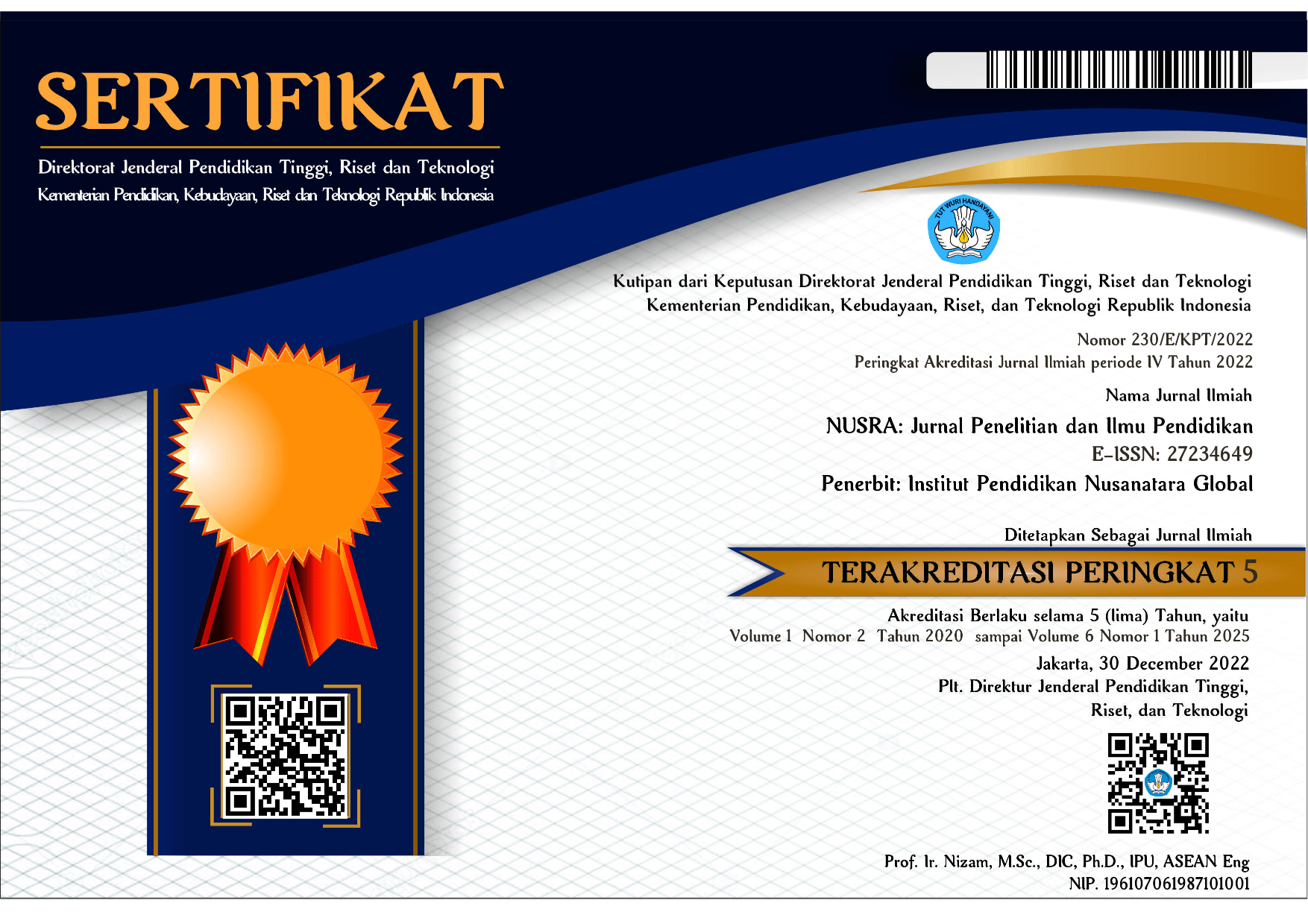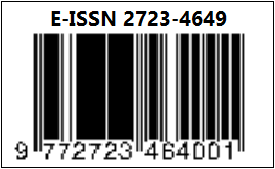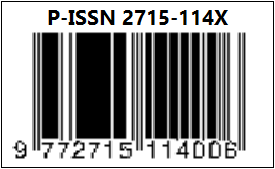IMPLEMENTASI PENDIDIKAN IMAN DAN TAQWA (IMTAQ) DI MADRASAH TSANAWIYAH (MTs) NEGERI I LOMBOK TIMUR
DOI:
https://doi.org/10.55681/nusra.v1i1.1Keywords:
education implementation, program evaluation, imtaq educationAbstract
This study aims to evaluate the implementation of Imtaq education in MTs Negeri I East Lombok in terms of context, input, process, and product. The second objective is to find out the inhibiting and supporting factors in implementing Imtaq education. This research is a qualitative descriptive study using the CIPP (Context, Input, Process, Product) method through a qualitative approach. Data validity is done by using data triangulation. Data analysis techniques in this study are data collection, data reduction, data presentation, and drawing conclusions and tests. The results showed that: 1) context showed a legal foundation, stakeholder influence, and a high level of juvenile delinquency so that the implementation of Imtaq needed to be implemented in MTs Negeri I East Lombok schools. 2) inputs from the implementation of Imtaq are curriculum, human resources, funding, study facilities, organization, and administration. 3} Imtaq implementation process is carried out in the KBM, assessment, incidental activities and structured activities. 4) the product of the implementation of Imtaq is the result of graduates having faith, piety, and morality. 5) the inhibiting factor of the implementation of Imtaq is the poor motivation of students, the lack of supporting books for Imtaq activities. 6) internal supporting factors in the Imtaq implementation process are, the availability of funds, competent human resources in guiding and implementing Imtaq activities, and the availability of facilities and infrastructure that supports Imtaq activities. The external supporting factor is the involvement of stakeholders who help the implementation process of Imtaq education.
Downloads
Downloads
Published
How to Cite
Issue
Section
License
Copyright (c) 2020 M. Rudi Gunawan Parozak, Fadma Rosita

This work is licensed under a Creative Commons Attribution-NonCommercial-ShareAlike 4.0 International License.














